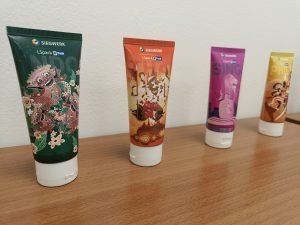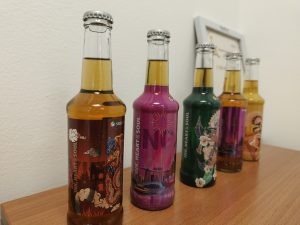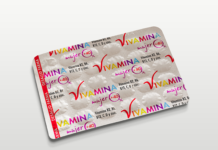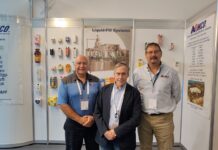A fire on 10 April at the Bhiwadi plant of Siegwerk India, a leading global provider of printing inks and coatings, came as a jolt to their India operations. The company was, however, up on its feet in no time and resumed operations within three weeks. Packaging South Asia reached Siegwerk’s Gurugram office to find out more about the incident, the recovery journey, and its revised development plans.
In our interaction, Ashish Pradhan, president of Siegwerk Asia, expressed relief that everyone was safe — the silver lining as he called it. The only dent the company suffered was in its solvent-based ink production. The plant located south of Gurgaon resumed production in unaffected areas on 27 April.
Pradhan acknowledged the support they received from the government, industry peers, value chain partners, and customers. “I visited several customers after the incident. We have always shown them support and they reciprocated it. I applaud the team leaders and the ERT team, because of whom we were able to get back on our feet within a short period with nearly the same production levels,” he said.

The company plans to reinvest in the Bhiwadi plant to recover the areas affected by the fire and reinforce its safety infrastructure. Siegwerk already had plans to invest in western regions of India, which were accelerated after the incident. One such investment was a color-matching center in Pune inaugurated in January this year to foster stronger partnerships with localized and customized solutions. The company has ensured that the Pune facility is completely toluene-free (a clear, colorless, volatile liquid with a sweet, pungent, benzene-like odor), mineral oil-free, and benzophenone-free.
Enhanced water-based production
At Siegwerk, the production of water-based inks is growing strongly with significant investments as the company hopes to see converters switching from conventional solvent-based to water-based inks. He said they have addressed the challenges in the production speed of water-based inks. “Speed challenges existed for a long time as water takes more time to dry when compared to solvent. That is why we have enhanced the ink and cylinder technologies, where we add less water to inks. This means we have to worry less about drying. There is also no need to modify machines in a big way, which enables them to run at elevated speeds. Water-based inks have more functional properties for extrusion coating or lamination.”
Functional coatings and sustainability
Functional coatings can help reduce packaging complexity or equip renewable materials such as paper with functional properties to enable them to be used for a wider range of packaging applications. Siegwerk is well-known as an ink company, but it is also active in the functional coating segment, which contributes heavily to the paperization of packaging.
At Siegwerk, functional coatings constitute a sizable proportion of its sales. Pradhan says, “The coating production is based in Germany with a business unit in India. It is a relevant business as it addresses packaging fundamentals such as recyclability, and sustainability. It enables converters and packaging providers to be more in sync with the circular economy.”
Growth constraints and creating awareness

Sharing some insights about the industry, Pradhan informed us about the stagnation he has been noticing in the global packaging markets, especially in European countries. “Siegwerk, however, has grown its market share in Europe. In the US, the market seems to have picked up compared to the previous year; our foothold has grown there too. Overall, the growth momentum in 2024 has been quite good for us. Asia has been a driving factor for the past couple of years.”
Market awareness about food safety is a pressing challenge for the company as many converters still use toluene for food packaging applications. “Not sure if this situation arose due to deliberate negligence or a lack of awareness, but the problem persists. Resultantly, we are focusing on several awareness programs, emphasizing the harmful effects of certain chemicals in both production and from its packaging upon consumption,” he says.
Siegwerk has seen an upswing in its demands compared to its capacity. As such, investments in the West are critical for the company to expand its production and solidify its market presence. Siegwerk is upgrading production capacity in partnership with industry collaborators. It expects this will enhance its ability to meet the burgeoning customer demand with agility and reliability.












